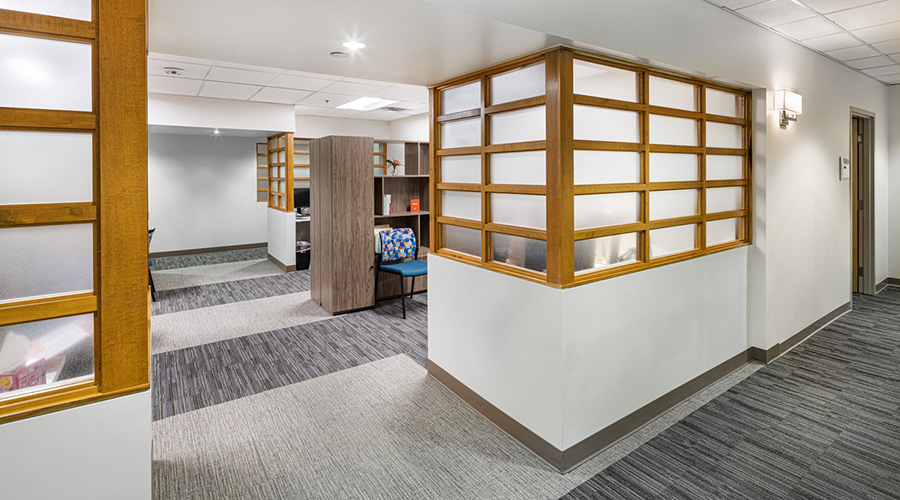Despite increased attention to fire and life safety in recent years, there has not been a noteworthy decrease in the noncompliance rate with the Environment of Care Standard EC.02.03.05 that addresses the requirements for maintenance, testing and inspection of fire safety equipment and building features, according to an article on the FacilityCare website.
Standard EC.02.03.05 repeatedly makes The Joint Commission’s top 10 list of most frequently cited standards.
To ensure compliance with this standard, it is critical for hospital facility directors to be familiar with the related code requirements themselves and knowledgeable about their interpretation, the article that takes a look at some of the most challenging requirements under EC.02.03.05, as well as discuss changes related to the upcoming adoption of the NFPA 101 Life Safety Code 2012 edition.
This first article in a series focuses on Element of Performance (EP) 1, which addresses the requirements for supervisory signal devices.
EC.02.03.05-EP1 states: “At least quarterly, the hospital tests supervisory signal devices (except valve tamper switches). The completion date of the tests is documented. NFPA 72 1999 edition groups and classifies a supervisory signal device as an “initiating device,” along with smoke detectors, heat detectors, and manual pull stations.
Per NFPA definition, a supervisory signal initiating device is “an initiating device such as a valve supervisory switch, water level indicator, or low air pressure switch on a dry-pipe sprinkler system in which the change of state signals an off-normal condition and its restoration to normal of a fire protection or life safety system; or a need for action in connection with guard tours, fire suppression systems or equipment, or maintenance features of related systems.”
These supervisory signal devices shall be tested on a quarterly basis, except for control valve switches, the article said.
NFPA 72 1999 edition lists five types of initiating supervisory signals: control valve switch, high- or low-air pressure switch, room temperature switch, water level switch and water temperature switch.
According to the article, the complete list of supervisory signals goes beyond these five types listed. Supervisory signals, in general, often are overlooked during the testing, inspection and maintenance of the fire alarm system.
Once the 2012 version of the Life Safety Code is adopted, NFPA 72 2010 edition also lists two new types of supervisory signals in Table 14.4.5: “other suppression system supervisory initiating devices,” which have to be tested quarterly, and “other supervisory initiating devices,” which have to be tested annually.
Annex A (A.23.8.5.6) NFPA 72 2010 edition lists examples of supervisory signals, which include, but are not limited to:
• Control valves 1 ½ inches or larger.
• Pressure, including dry-pipe system air, pressure tank air, pre-action system supervisory air, steam for flooding systems and public water.
• Water tanks, including water level and temperature.
• Building temperature, including areas such as valve closet and fire pump house.
• Electric fire pumps, including running (alarm or supervisory), power failure and phase reversal.
• Engine-driven fire pumps, including running (alarm or supervisory), failure to start, controller off “automatic” and trouble (e.g., low oil, high temperature, overspeed).
• Steam turbine fire pumps, including running (alarm or supervisory), steam pressure and steam control valves.
Read the article.

 Code Compliance Isn't Enough for Healthcare Resilience
Code Compliance Isn't Enough for Healthcare Resilience Ribbon Cutting Marks First Phase Completion for New Montefiore Einstein Facility
Ribbon Cutting Marks First Phase Completion for New Montefiore Einstein Facility Brooks Rehabilitation Launches 3 New Major Construction Projects
Brooks Rehabilitation Launches 3 New Major Construction Projects Joint Commission Standards: What Updates Matter Most?
Joint Commission Standards: What Updates Matter Most? Swinerton Completes Construction at Atlanta's Grady Hospital
Swinerton Completes Construction at Atlanta's Grady Hospital